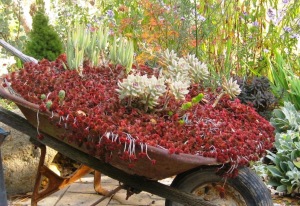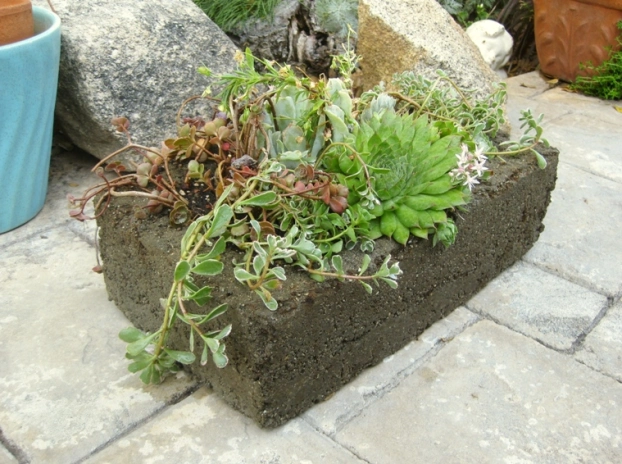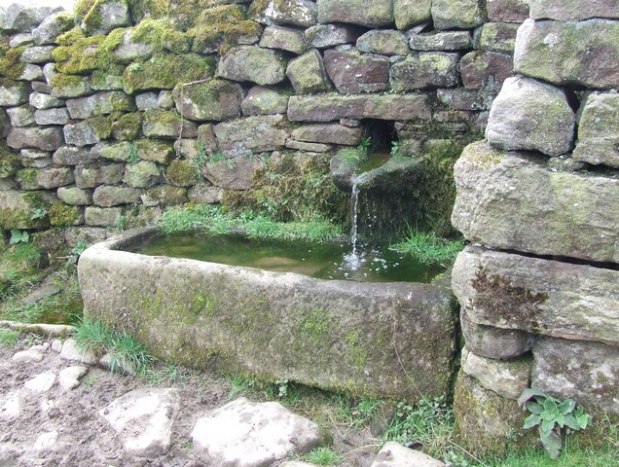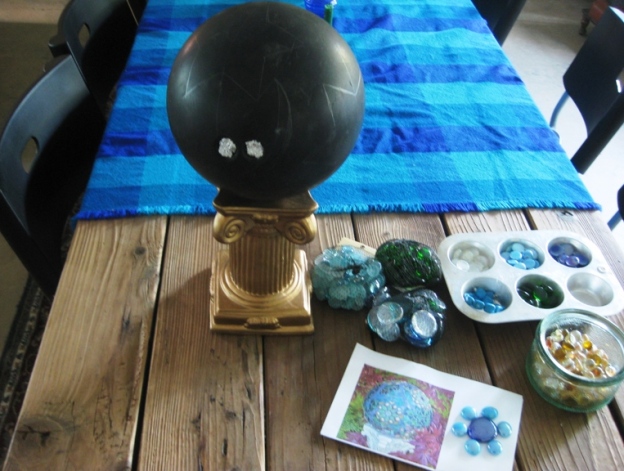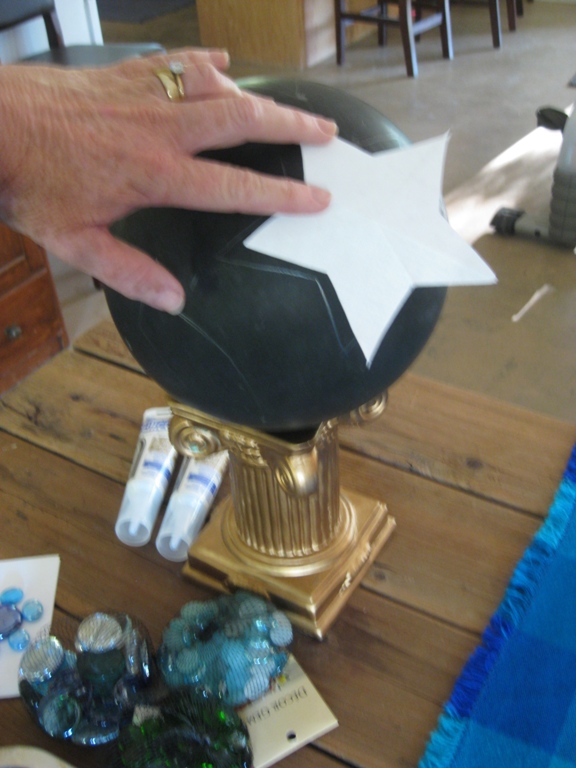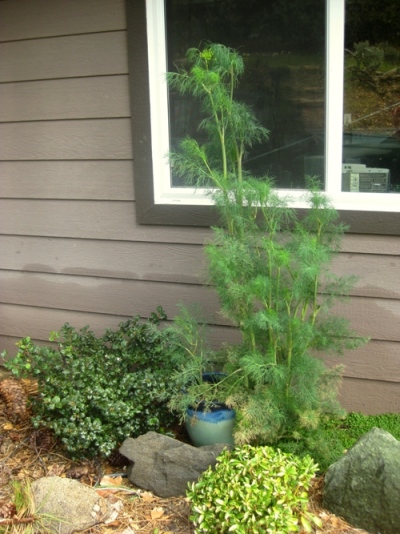Larry Rettig’s melancholy and ‘Summer Treasures’
Here in the Sierra foothills of California, sometimes the Autumn season brings a feeling of melancholy to gardeners, faced with drooping faded flowers, drizzly rains and overcast skies. Larry Rettig, a member of Dave’s Garden website, pondered this feeling one day while out walking and a poem just came to him that expressed all the…


